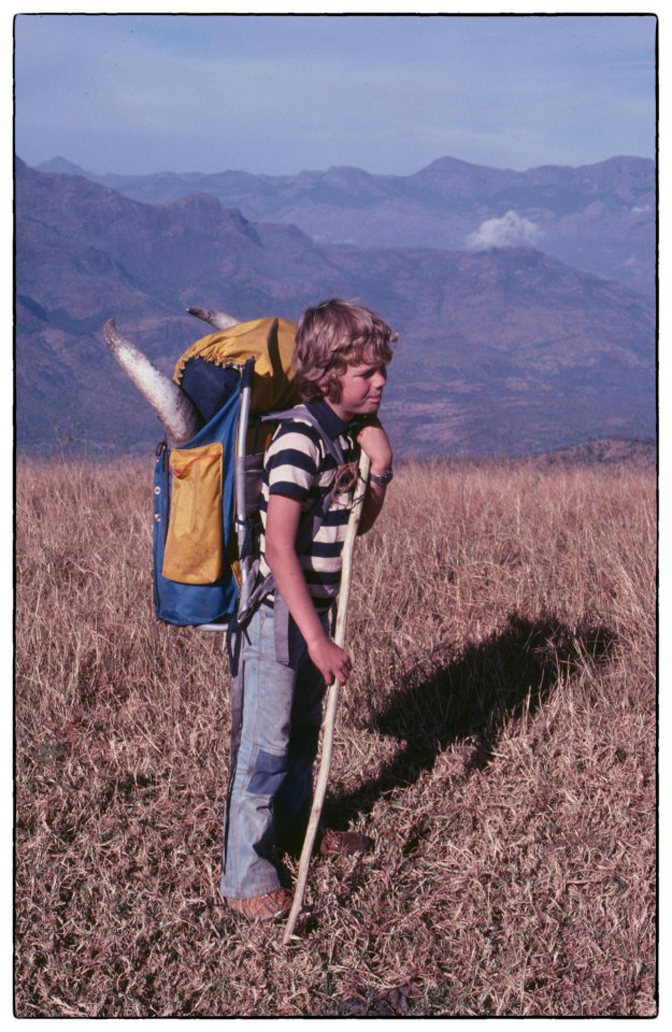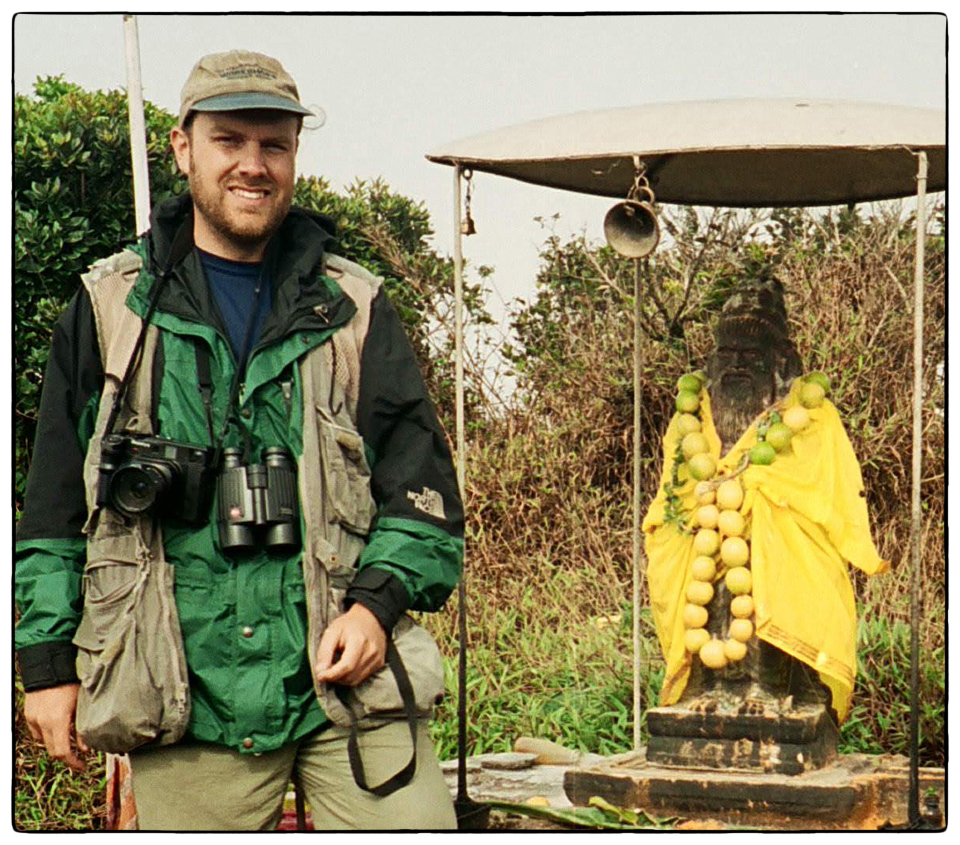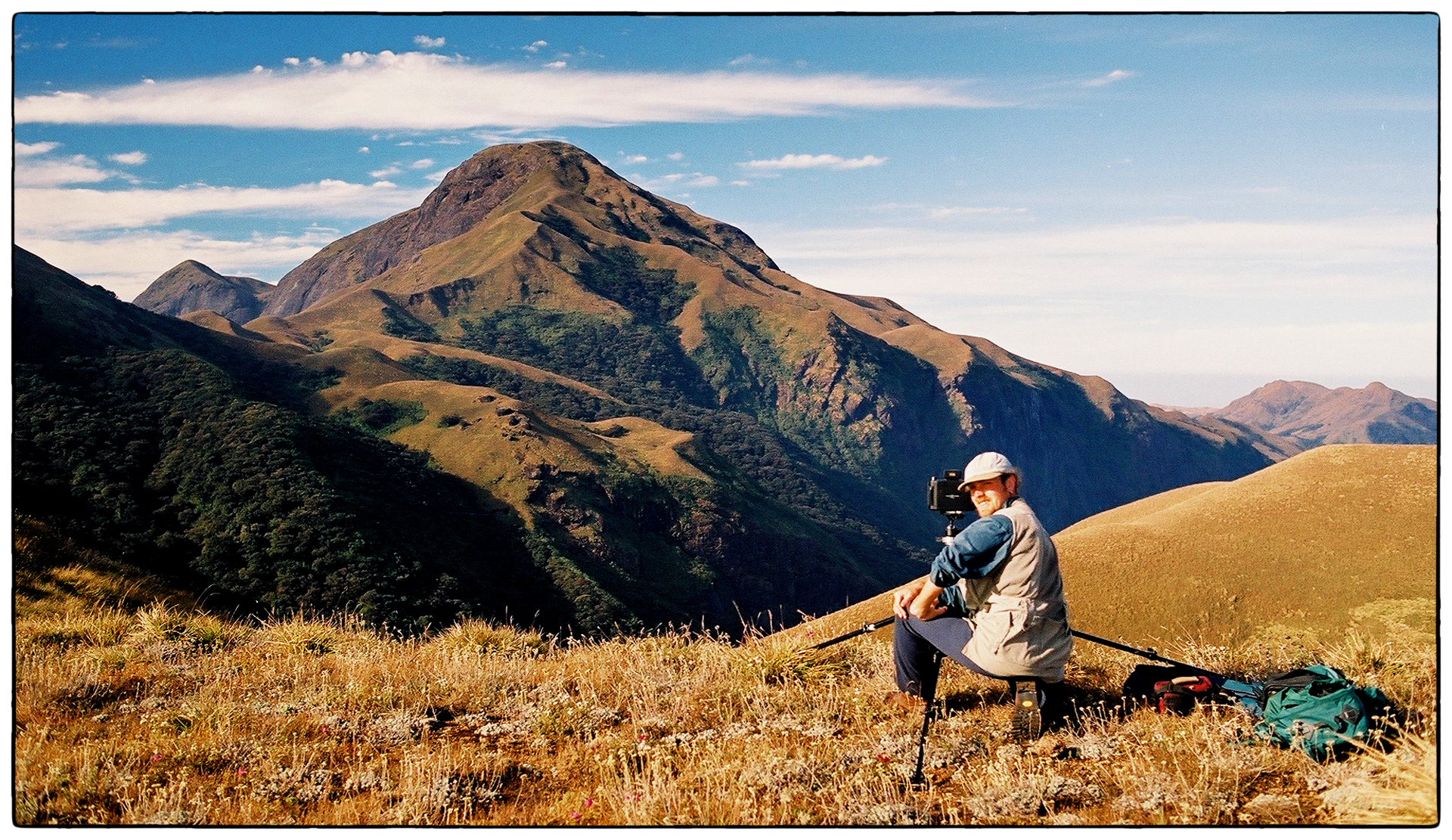Ian Lockwood is an educator, photographer, and environmentalist with a passionate interest in the natural history, geography and cultures of South Asia.
The extended Lockwood family is originally from New England but has had an enduring love affair with India and its neighboring countries. Ian spent his formative years studying and exploring in the Palani Hills of Tamil Nadu where he attended Kodaikanal International School. He was uninspired with classroom learning but benefited from outdoor exposure and frequent adventures with his friends in the hills. Mentors, such as the naturalists Rom & Zai Whitaker, artists Bruce & Ann Peck and filmmakers Johnny & Louise Riber, taught him to let passion guide important life choices. On school holidays in Bangladesh, he was exposed to pioneering the work of Shahidul Alam and his agency DRIK. Bengal’s organic appreciation of art, in all its myriad forms, had an important influence on shaping Ian’s approach to photography.


Ian has a bachelor’s degree from the College of Wooster, a MEd from the College of New Jersey and an MSc from Lesley University. He started his teaching career at AIS/Dhaka where he taught physical education, environmental science, social studies and photography for six years. Later he spent three years teaching and initiating sustainability initiatives at the Mahindra United World College of India near Pune. For the last twelve years Ian has been living with his family in Sri Lanka where he teaches IB Diploma Geography and Environmental Systems at the Overseas School of Colombo.
The timeless work of Ansel Adams, emphasizing landscapes in detailed black & white, was a significant influence on Ian’s father Merrick who shared this approach with his son. Together they envisioned documenting southern India’s mountain landscape using similar approaches. The landscapes were changing with the advent of rapid development pressure. The potential of using photography as a tool for conservation was an important aspect of the vision. Color film photography was at an advanced stage in the 1980s but they chose hand-printed black & white images to interpret the Western Ghats landscape. While in college Ian assisted the campus photographer Matt Dilyard and studied the work of Henri Cartier-Bresson, Sebastião Salgado, Mary Ellen Mark and other notable social documentary photographers. Indian photographers such as Ragu Rai, MY Gorpade and TNA Perumal have also inspired his work.
In the early 1990s Ian bused, motorcycled and trekked through the hill ranges and forests of the southern Western Ghats. Kodaikanal was a natural base and he initially worked with the Palani Hills Conservation Council to build regional partnerships with other conservation NGOs. He was awed by the splendor of the landscape but concerned for the future of the ancient mountains in the face of increasing anthropocentric pressure. In 1993 after a rewarding visit to Kerala’s High Range, he became fixated on documenting the little-known landscapes and endemic species of the Western Ghats. Themes of conservation were central to the work and he was concerned that the images be used to protect landscapes and not just advertise their beauty to commercial filmmakers and tourism developers. In order to do this the black & white images were accompanied by text written by Ian to promote awareness and the protection of threatened landscapes and species. These efforts eventually led to a series of magazine publications and exhibitions that aimed to draw conservation attention to, what was then, a little-known area of India.

The turn of the Century brought profound personal and technical changes. As the digital revolution set in traditional darkrooms become difficult to maintain in the tropics. Ian’s photographic & documentation work had to be balanced with teaching and family commitments. With the advent of digital media, Ian’s work has shifted in technical presentation while staying focused on the same themes explored in the early exhibitions and published work.
Black & white interpretations of landscape are an important feature of his body of work but he enjoys recording species and other aspects of the environment in color. He has developed an interest in Geographic Information Systems (GIS) and Remote Sensing (RS) and utilizes these tools to better understand the ecosystems that are the focus of his photography, writing and teaching. The journey is ongoing and he has collaborated with scientists and conservationists in the Western Ghats and Sri Lanka to document land cover changes, biodiversity and ecological restoration efforts.

